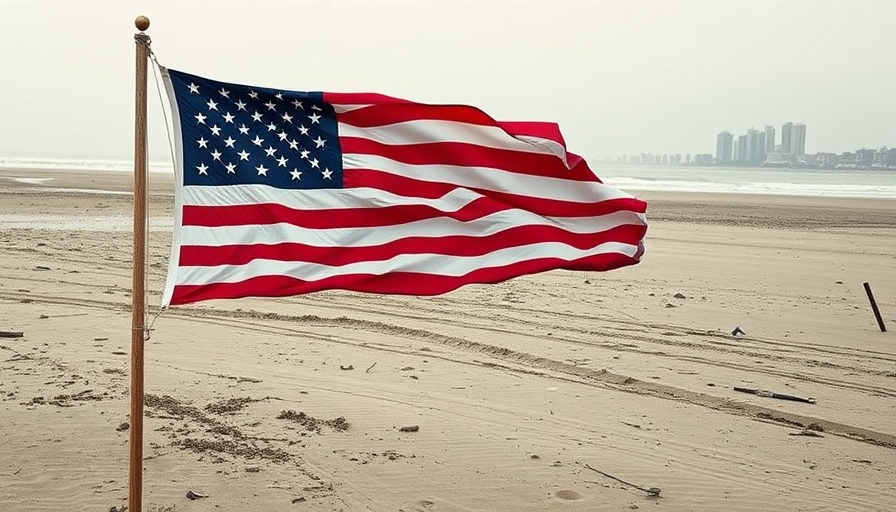
Understanding the Gulf’s Temperature Dynamics
As the peak of hurricane season looms over the Gulf of Mexico, concerns about storm severity escalate. Historical data shows that warmer ocean waters are a key ingredient for hurricane development. Currently, however, this year’s Gulf temperatures are proving cooler than the last two seasons. Just a few years ago, we witnessed catastrophic storms powered by record-breaking temperatures. This has left meteorologists and coastal residents on edge as they prepare for the imminent hurricane season.
Impact of Temperature Variations on Weather Patterns
Forecasts from institutions like Colorado State University have begun to adjust their previous predictions due to the unexpected cooler waters in the Gulf. With hurricanes often developing over warm waters, any shift could alter the trajectory of storms and their potential impact on coastal communities. This year, forecasters are urged to consider these changing dynamics seriously.
Comparative Analysis: 2023 and 2024 vs. 2025
A comparison of the Gulf waters from 2023 and 2024 reveals significantly warmer temperatures, heightening anxiety around storm forecasts during those years. In contrast, this year’s cooler readings may suggest a less turbulent season. However, patterns are unpredictable, highlighting the need for ongoing observation and analysis.
While colder waters can limit hurricane intensity, they don’t eliminate the risks entirely. All geographic regions along the Gulf must remain vigilant, as sudden shifts in weather can still lead to dangerous conditions.
What Coastal Residents Should Know
Residents along the Gulf coasts should be prepared regardless of temperature shifts. Emergency management teams encourage communities to engage in necessary preparations, including stockpiling supplies and forming evacuation plans. Engaging in conversations about local emergency management practices can significantly influence the readiness of these communities.
Future Trends: What Lies Ahead
Looking forward, climate scenarios suggest that fluctuations in ocean temperature will continue to impact weather patterns significantly. As seasons remain unpredictable, consistent monitoring of the Gulf's conditions will be critical. This is an opportunity for local governments and organizations to invest in climate research and disaster preparedness.
 Add Row
Add Row  Add
Add 




Write A Comment